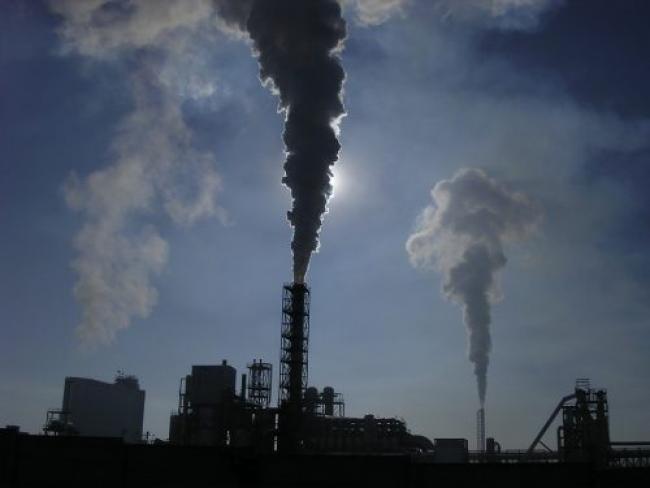Articles Menu

June 25, 2021
Despite the cascade of hype around hydrogen, the varieties derived from fossil fuel have a higher carbon footprint than coal, while emitting far more climate-busting methane than producing the same amount of energy from natural gas, a leading U.S. fracking researcher warns in an opinion piece for The Hill.
Some 95% of today’s global hydrogen supply has been labelled “grey” hydrogen, most of it produced from natural gas with no effort to capture the resulting greenhouse gas emissions, writes Robert Howarth, a Cornell University professor of ecology and environmental biology.
“Natural gas is composed mostly of methane, and the methane in natural gas is the feedstock used to produce the grey hydrogen, converting methane to hydrogen plus carbon dioxide under high temperatures and pressures,” he explains. “Natural gas is almost always used to supply this energy, since it is already being used as the feedstock. Overall, emissions of both carbon dioxide and unburned methane are 50% greater for grey hydrogen than simply burning natural gas for the same quantity of energy,” driving the carbon footprint of the process up above coal’s.
All the recent talk about “blue” hydrogen sounds promising, Howarth acknowledges. “But do not be fooled,” he warns: “Blue is not the new green. The emissions from blue hydrogen are still staggeringly high. Combined total GHG emissions are still more than those from using either coal or natural gas directly for energy. And emissions of leaked methane are rife throughout the process. Pound for pound, methane is 86 times more powerful a greenhouse gas than is carbon dioxide over 20 years, and 25% of the global warming experienced by the Earth in recent decades has been driven by methane.”
And while “blue” hydrogen is defined by the processes bolted on to capture and store the emissions it produces, “the goal of finding permanent, leak-proof geological storage sites has proved elusive,” Howarth writes. “So far it is largely just a concept, and only two facilities in the world have ever tried to produce blue hydrogen at commercial scale.”
Instead, for the most part, “the gas is simply pumped into oil wells to stimulate production,” a process called Enhanced Oil Recovery (EOR) that introduces “the irony of using climate-damaging byproducts from fossil fuel production in order to extract even more fossil fuels.”
“Green” hydrogen produced from renewable electricity sources “may be useful in our clean energy future,” Howarth concludes. “How much hydrogen, and where and how we produce and use it are important questions that need to be addressed.”
But “it is already clear that producing hydrogen from fossil gas is not clean, with or without successful carbon capture, and half-baked schemes like ‘blue hydrogen’ should be rejected out of hand.”
[Top photo: rasov/pixabay]